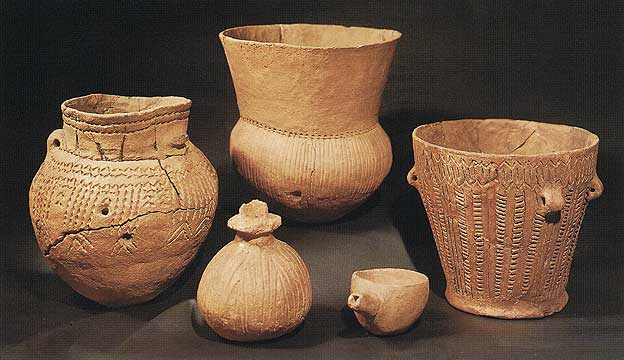JUDY WOODRUFF: Finally in our NewsHour Shares tonight: One scientist smashes, burns and hammers artifacts. But don't worry, they're replicas. And as science producer Nsikan Akpan explains, it's the key to understanding ancient human technology.
NSIKAN AKPAN: On the campus of Kent State University, you can literally hear the future of studying our past. This innovation is being made by Metin Eren, a rising star in the field of experimental archaeology.
METIN EREN, Director of Archaeology, Kent State University: Experimental archaeology is a way of studying ancient technologies by creating really accurate replicas. And because those replicas are worthless, we can throw them and break them and shoot them to figure out how they work, and reverse-engineer them.
NSIKAN AKPAN: The first human technology emerged three million years ago, and our tech became more and more complex as our ancestors spread across the globe and into North America.

METIN EREN: The Clovis point is North America's first invention that were made by the very first Stone Age Americans about 13,500 years ago. Clovis points are arguably the pinnacle of stone technology. There's nothing that's been made quite like it either before or after. But what's really unique about Clovis points is that they have got these channels, what are called flutes, that come from the base.
NSIKAN AKPAN: An Ice Age toolmaker would have needed hours to make a Clovis point, and Metin has found that creating the flutes is delicate work. The point can snap during the crucial last step, and a snapped point meant starvation for a Clovis hunter. The reason for the flutes, and their function, was an archaeological mystery for almost a century.
METIN EREN: It really was experimental archaeology that allowed us to crack the case. Clovis people, for all intents and purposes, actually invented shock absorption technology 13,500 years ago. These channels actually thinned the point so much that, upon impact, the base of the point would crumple, like the front end of a car, protecting the point from breaking in half. You have a much better chance of killing those animals for food or resources.
NSIKAN AKPAN: It's not just artifacts that Metin and his students are recreating. The sounds made by early stone tools may be important too.
METIN EREN: We made stone tools for three million years. There might be a link there between the sounds that we're hearing as we make stone tools every day and the types of language that eventually emerged in the human lineage. These observations that these ancient people made about their technology and their surroundings allowed them to create technologies that are just astounding. And you figure out how they work through experimental archaeology. So, really, experimental archaeology is the future of the field.
NSIKAN AKPAN: A future with echoes of the past. For the PBS NewsHour, I'm Nsikan Akpan in Kent, Ohio.
JUDY WOODRUFF: And it is astounding. Thank you, Nsikan.












